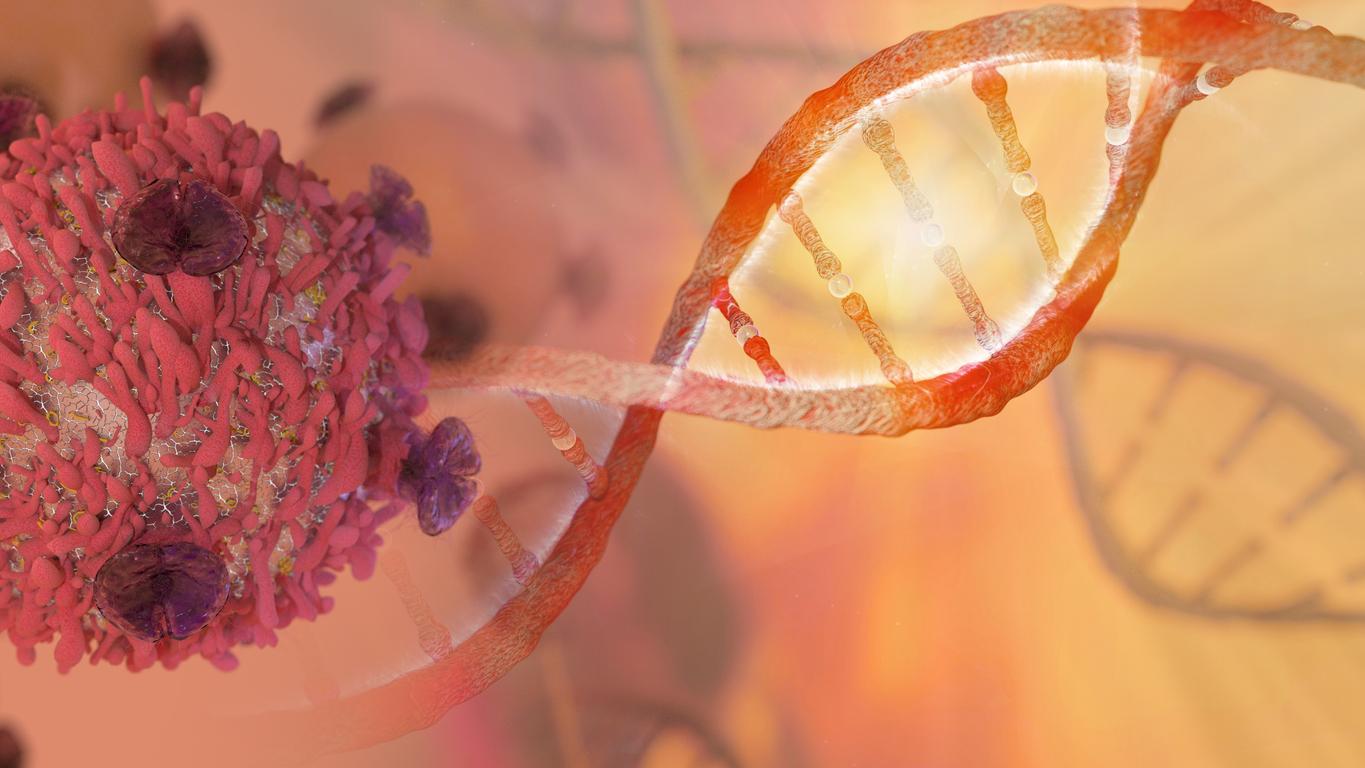The study conducted by INCa and Invs shows that more than one in two cancer is treated. However, in this area, women have an advantage over men.

58% … this is the proportion of cancers that we are able to treat today. Thanks to advances in medicine, we have therefore passed the milestone of half of cured cancers. The ARC Foundation therefore does not hesitate to set an ambition: 2 out of 3 cancers cured by 2025.
History will tell if the goal is attainable, but the latest figures on “The survival of people with cancer in France”, published by the Institute for Public Health Surveillance (InVS) and the National Cancer Institute (INCa) show a clear trend for improvement. The most striking example is that of prostate cancer. “Thus, 5-year survival has gone from 70% for cases diagnosed in 1990 to 90% for those diagnosed in 2002.
The prognosis is not the same either for kidney, colon, thyroid, rectal or breast cancer. “The 5-year survival rate for breast cancer has increased from 81% for cases diagnosed in 1990 to 89% for those in 2002.”
Earlier diagnoses and more targeted therapies
The prognosis of many cancers has become clearer thanks to two phenomena: diagnoses are made earlier and earlier and treatments are more effective. In the case of prostate cancer for example, the dissemination at the end of the 1980s of the blood PSA assay made it possible to detect small tumors, but most often not very aggressive. However, the Haute Autorité de santé reminded us in April 2012: it is useless to do a systematic dosage of PSA in men from a certain age since it is for the moment almost impossible to identify populations at high risk of prostate cancer.
Patients are also seeing their survival lengthen thanks to therapeutic progress, and foremost among them targeted therapies. In breast cancer, for example, a small revolution took place in 2005 with the arrival of trastuzumab. Added to traditional chemotherapy, this drug increases the chances of recovery by 50% of patients suffering from a particularly aggressive form of breast cancer. However, some cancers are the exception to the rule and do not really see survival progress.
Listen to Philippe Jean Bousquet, Department of Inca Eve: “In lung cancer, we have not had a miracle cure. In the end, smoking prevention is the best weapon.”
An increasingly serious prognosis for men
Unfortunately, not everyone benefits from these improvements in survival. The data from the Francim network that InVS and INCa have just published clearly show that men and women are not on an equal footing. And for good reason, “cancers with a poor prognosis represent 40% of cancers in men and only 16% of cases in women,” underline the authors of the report. As for cancers with a good prognosis, they represent 52% of cancers in women and only 28% in men. The most caricatural example is undoubtedly that of pleural mesothelioma. This cancer has the bleakest survival rate of all cancers – 2% of patients are alive by 10 years – and in 2005, 71% of new cases of pleural cancer were diagnosed in men.
However, this gender inequality is not due only to types of cancer. Indeed, for the same cancer, women generally have a better prognosis than men. For stomach cancer, for example, the 5-year survival is 25% for men against 31% for women. The only exception is bladder cancer. Women pay a heavier price there.
Why such a difference in prognosis between men and women? The authors of the report put forward two hypotheses: women are more focused on prevention, the diagnosis of cancer could therefore be made earlier than in men. And in addition, the consumption of tobacco and alcohol, even stronger among men, would weigh the scales on the wrong side.
Further improve prognosis by sequencing tumors
Overall the news on the cancer front is therefore good. Certainly, the data from the Francim network stopped in 2007, but several indications suggest that survival has continued to improve since. At the last French-language pulmonology congress (CPLF) which ended last Sunday in Lille, encouraging data on lung cancer were unveiled.
The one-year survival of patients treated in general hospitals fell from 38.2% in 2000 to 43.6% in 2010. “In 10 years, changes have occurred due to the decrease in male smoking, the progress of diagnostic techniques but also the development of new targeted therapeutic strategies ”, explained Dr Chrystèle Locher of the CH de Meaux. And in the field of targeted therapies, we are making great strides thanks to the genetic sequencing of tumors. INCa already supervises 28 regional platforms capable of performing around 30 molecular tests determining the best cancer treatment for a given patient.
“For the moment, we can only decode around 30 genes, but in the next 2 years, we will be able to do it for 50 to 100 genes, recently confided Pr Fabien Calvo, director of research at INCa. Dr Laurent Alexandre, urological surgeon and president of the DNAVison company specializing in tumor sequencing, predicted that the history of cancer will accelerate. According to him, it will be possible to decode all the tumors of all cancer patients by 2015.
Net survival (1) cancer at ten years (Francim Network)

(1) Survival observed in the hypothetical situation where the only possible cause of death is the cancer studied
.

















